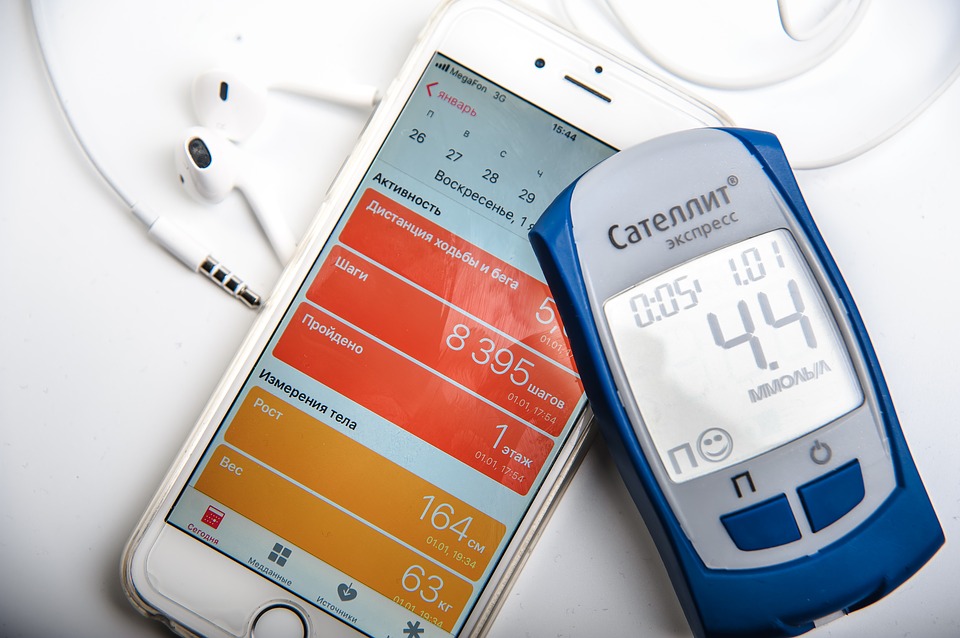
In an article published in the journal Antioxidants, researchers from the Hospital de la Santa Creu i Sant Pau Research Institute (IIB Sant Pau) and the Universitat Autònoma de Barcelona demonstrate in animal models that water enriched with hydrogen molecules (H2) improves the symptomatology of neuropathic pain and related emotional disturbances.
Twenty per cent of the Spanish population suffers from chronic pain, and between 7 and 10% from neuropathic pain. This condition, mostly caused by nerve damage, causes people to feel intense and constant pain. Treatments are scarce and often involve a large number of adverse effects that affect the patients’ quality of life. For this reason, the Molecular Neuropharmacology research group, coordinated by Olga Pol at the Sant Pau Biomedical Research Institute and the UAB Institute of Neurosciences, is looking for new therapeutic possibilities that can help people who suffer from it.
Now in a study published in the journal Antioxidants, they have analyzed the effects of administering to mice models of neuropathic pain water enriched with hydrogen molecules, a treatment that had already shown positive effects in neurological disorders, such as Alzheimer’s disease and depression. The results point to this strategy as a very promising candidate for the treatment of neuropathic pain and associated emotional disorders, due to its analgesic and anti-inflammatory effects, as well as its anxiolytic and antidepressant properties.
“This treatment can alleviate not only the pain caused by a nerve injury, but also the states of anxiety and depression that accompany it, which would substantially improve the patients’ quality of life. This is important because it can allow a more effective and global treatment of neuropathic pain with fewer side effects”, explains Olga Pol.
In the study, the treatment was administered to mice by injection, but in the future other routes will be tested, such as oral administration. The next steps will be to investigate how the treatment works in animal models of pain associated with chemotherapy, because many times cancer patients present neuropathic pain as a side effect of the treatment, as well as evaluating its effects on the memory and emotional deficits that these same patients can also suffer.

Wearable fitness devices offer new insights into the relationship between physical activity and type 2 diabetes, according to a new analysis of the National Institutes of Health’s All of Us Research Program data published in the Endocrine Society’s Journal of Clinical Endocrinology & Metabolism.
Type 2 diabetes is the most common form of the disease, affecting 90% to 95% of people with diabetes. In type 2 diabetes, the body is resistant to the action of insulin, meaning it cannot use insulin properly, so it cannot carry sugar into the cells. Type 2 diabetes most often develops in people over age 45, but more and more children, teens and young adults are being diagnosed.
“We investigated the relationship between physical activity and type 2 diabetes with an innovative approach using data from wearable devices linked to electronic health records in a real-world population,” said Andrew S. Perry, M.D., of Vanderbilt University Medical Center in Nashville, Tenn. “We found that people who spent more time in any type of physical activity had a lower risk of developing type 2 diabetes. Our data shows the importance of moving your body every day to lower your risk of diabetes.”
The researchers analyzed Fitbit data and type 2 diabetes rates from 5,677 participants included in the NIH’s All of Us Research Program between 2010-2021. All of Us is part of an effort to advance individualized health care by enrolling one million or more participants to contribute their health data over many years. About 75% of the participants that the researchers studied were female.
They found 97 new cases of diabetes over a follow-up of 4 years in the data set. People with an average daily step count of 10,700 were 44% less likely to develop type 2 diabetes than those with 6,000 steps.
“We hope to study more diverse populations in future studies to confirm the generalizability of these findings,” Perry said.

Multiple Sclerosis (MS) is almost always accompanied by fatigue, a massive tiredness that is described by the vast majority of patients as the most distressing symptom. In a recent scientific study, a research group led by Stefan Seidel from the Department of Neurology at MedUni Vienna and AKH Vienna identified light therapy as a promising non-drug treatment option: patients included in the study showed a measurable improvement after just 14 days of use. The study results were recently published in the Multiple Sclerosis Journal – Experimental, Translational and Clinical.
For the first time, Stefan Seidel’s research team relied not only on surveys but also on objective measurements when selecting the test persons. For example, sleep-wake disorders were ruled out in the 26 participating MS patients, particularly with the assistance of various sleep medicine examinations. “In this manner, for example, we ensured that MS patients with fatigue do not suffer from sleep apnea or periodic leg movements during sleep. Both are sleep disorders that can lead to fatigue in everyday life,” elaborated study leader Stefan Seidel.
Performance improvement
The test persons – all patients of the Neurology Department at MedUni Vienna and AKH Vienna – were equipped with commercially available light sources for self-testing at home: Half of the participants received a daylight lamp with a brightness of 10,000 lux, while the other half received an identical lamp that emitted a red light with an intensity of <300 lux due to a filter. While the red light used by the control group showed no effect, the researchers were able to observe measurable successes in the other group after only 14 days: The participants who used their 10,000 lux daylight lamp for half an hour every day showed improved physical and mental performance after only a short period of time. In addition, the group of participants who had consumed bright light displayed less daytime sleepiness in comparison with the other group.
Up to 99 percent of patients
Fatigue is a severe form of tiredness and fatigability that occurs in 75 to 99 percent of people with MS and is described as particularly distressing. Nerve damage triggered by MS is being discussed as the cause. In addition to behavioural measures, such as regular rest breaks, various medications are currently available to alleviate fatigue, but some of these are associated with severe side effects. “The findings from our study represent a promising non-drug therapeutic approach,” Stefan Seidel affirms. However, the results still need to be confirmed in a subsequent larger-scale study. The exact background of the invigorating effect of light therapy on MS patients will also be the subject of further scientific research.